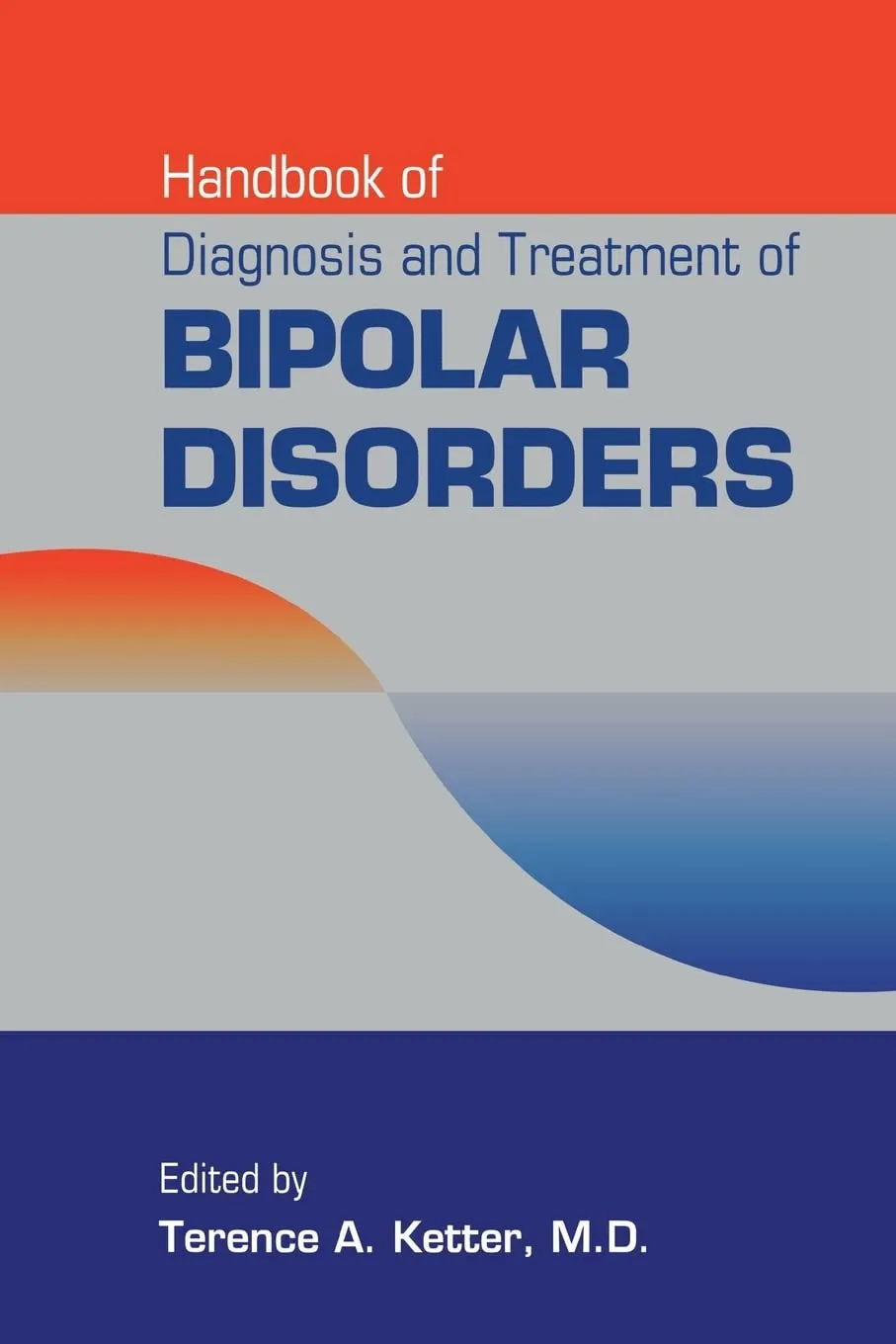Home
|
Products
|
9789356962026

Handbook of Diagnosis and Treatment of Bipolar Disorders | Paperback
by Ketter
Highlights

9781585623136
ISBN

Ketter
Author

768
Pages

1200 gm
Weight

English
Language

2010
Year

1st Edition
Edition

Paperback
Binding
₹6085
₹6762
This readable guide to the assessment and management of patients with bipolar disorder can help physicians keep abreast of dramatic and rapid advances of recent years and integrate them into their practice. Handbook of Diagnosis and Treatment of Bipolar Disorders emphasizes recent controlled studies and FDA-approved indications and translates these data into the real world of clinical practice. The contributions of the eleven chapter authors from Stanford University reflect more than a decade of clinical research and treatment undertaken at that institution, including advances in diagnosis and interventions supported by controlled studies. They provide crucial information regarding diagnosis, pharmacotherapy, psychotherapy, and treatment of patients from special populations•such as children, women, and older adults•and patients with particular challenging illness course such as rapid cycling. This is the first book to provide quantitative assessment of potential benefit (number needed to treat) and risk (number needed to harm) for all approved treatments for bipolar disorder, providing clinicians with information needed to balance benefits and risks in order to render individualized state-of-the-art, evidence-based care. It describes all FDA-approved indications•reviewing efficacy, safety, tolerability, pharmacokinetics, illness phase-specific dosing, and drug interactions. A chapter on multiphase treatment strategy explains crucial illness transition points and describes how these have been integrated with knowledge of illness phase in mood disorders. The book then demonstrates the relevance of this approach to therapeutics by providing: ¢ An overview of pharmacotherapy that covers the emergence of evidence-based pharmacotherapy and number-needed-to-treat and -harm analyses.¢ Guidelines to managing acute manic and mixed episodes that include evidence-based assessments of lithium, divalproex, carbamazepine, and second-generation antipsychotics.¢ Coverage of acute major depressive episodes in bipolar disorders that outlines four tiers of treatment for this most pervasive illness phase with the fewest approved treatments.¢ Discussion of the longer-term management of bipolar disorders, including reviews of controlled trials of recently approved pharmacotherapies such as lamotrigine, olanzapine, aripiprazole, and adjunctive quetiapine. ¢ A review of the use of mood stabilizers and second-generation antipsychotics, often in combinations, as well as the controversial role of adjunctive antidepressants in treating patients with rapid-cycling bipolar disorders. ¢ Description of important advances in evidence-based adjunctive psychotherapeutic interventions in bipolar depression, and bipolar maintenance treatment. Comprehensive in scope, yet readily accessible for application to clinical practice, the book includes summary tables, quick-reference lists of clinical pearls, and case studies to make its content more relevant. Handbook of Diagnosis and Treatment of Bipolar Disorders is the ideal source for integrating recent research into everyday practice.
Online store of medical books
Discover a comprehensive range of medical books at our online store. From anatomy and physiology to the latest clinical guidelines, we've got you covered.
Trusted by students, educators, and healthcare professionals worldwide. Browse top publishers and expert-authored titles in every medical specialty. Enjoy fast shipping, secure payments, and easy returns. Your one-stop destination for quality medical knowledge at your fingertips.
Whether you're preparing for exams or expanding your clinical expertise, our curated collection ensures you have the right resources at hand. Dive into detailed illustrations, case studies, and up-to-date research that enhance your understanding and practical skills.
We regularly update our inventory to include the latest editions and newly released titles, helping you stay current in the ever-evolving medical field. Our advanced search and filtering tools make finding the perfect book quick and hassle-free.
Join our community of lifelong learners and medical enthusiasts. Sign up for exclusive discounts, early access to new arrivals, and personalized book recommendations tailored to your professional interests.
